Our hearts warmed to see the level of generosity and giving back at the height of the COVID crisis.
Volunteering by individuals in the UK soared, with 10 million adults helping out in their community, while by May 2020 - just two months into the first lockdown - over £1 billion had been spent on unused goods and services such as cleaning and gardening.* Corporate UK came to the party too, offering everything from free online learning resources to NHS worker discounts to open-source 3D printing blueprints for personal hygiene equipment.
But what does giving back look like now we're taking tentative steps towards recovery?
Here are 3 ways people are continuing to help other people - and 3 ways brands can do the same.
Individuals giving back
1. Shop local
Consumers are making increased efforts to shop on their local high streets and from independent retailers to give a boost to businesses impacted by COVID lockdowns. This trend has been encouraged by initiatives such as a visit in May by Prince Charles and the Duchess of Cornwall to a variety of independent Clapham retailers, and June's Totally Locally Fiver Fest, which promoted £5 a week of additional spending in local independent shops and businesses.
2. Playing catch-up
Teachers at Ayresome Primary School in Middlesbrough are well aware that although we're all desperate to get 'back to normal', making the change isn't always easy. They've introduced a range of initiatives to ease the transition back to in-person schooling, and to help pupils catch up with fun social activities such as team-building sessions and a gardening club. A partnership with national bakery chain Greggs has seen free toast offered to all children on arrival each morning.
3. It's not over yet
Bearing in mind that the pandemic is far from 'over', a large part of helping out remains much the same as during lockdown. Observing social distancing and personal hygiene, getting vaccinated and continuing community support are still vital measures - and will continue to be, if we are to ensure that the vulnerable, for whom returning to 'normal' is not possible, are not simply left behind. For instance, Age UK's volunteer-powered 'Telephone friendship' service, in which over-60s can request weekly or one-off friendly phone calls, is still responding to a very high number of referrals.
Brands giving back
1. High street
Several major retailers have lent their support to encourage individual measures to help out. Tesco published an advert that, instead of promoting great supermarket deals, encouraged consumers to 'Pop to your local if you can', in order to help out local pubs. Similarly, Burger King asked customers to continue ordering from a number of independent food outlets - not just Burger King - to help them maintain employment for thousands of staff.
2. Small business (online & in-store)
Campaigns such as Holly Tucker's 'Shop Independent' movement are making similar impacts, by explaining that 'If every adult in the UK spent £1 a day with small businesses it would add £12 billion to local economies'.
3. Little helps that surprise & delight
It’s amazing what a little treat can do to change your mood. Care packages and little moments of cheer can be just the thing to boost people's mood and let them know they haven't been forgotten during this uncertain time of transition. At N2O, we've been delighted to put our sampling distribution channels to use both at the height of pandemic and during recovery, helping brands reach NHS workers, students and consumers generally with little treats - and the response has always been fantastic.
Get in touch today and we'll advise on the little treats you can send out to change your customers' mood.
Sources:
* Legal & General and the Centre for Economics and Business Research, 'The Isolation Economy', May 2020



.jpg)

.png)


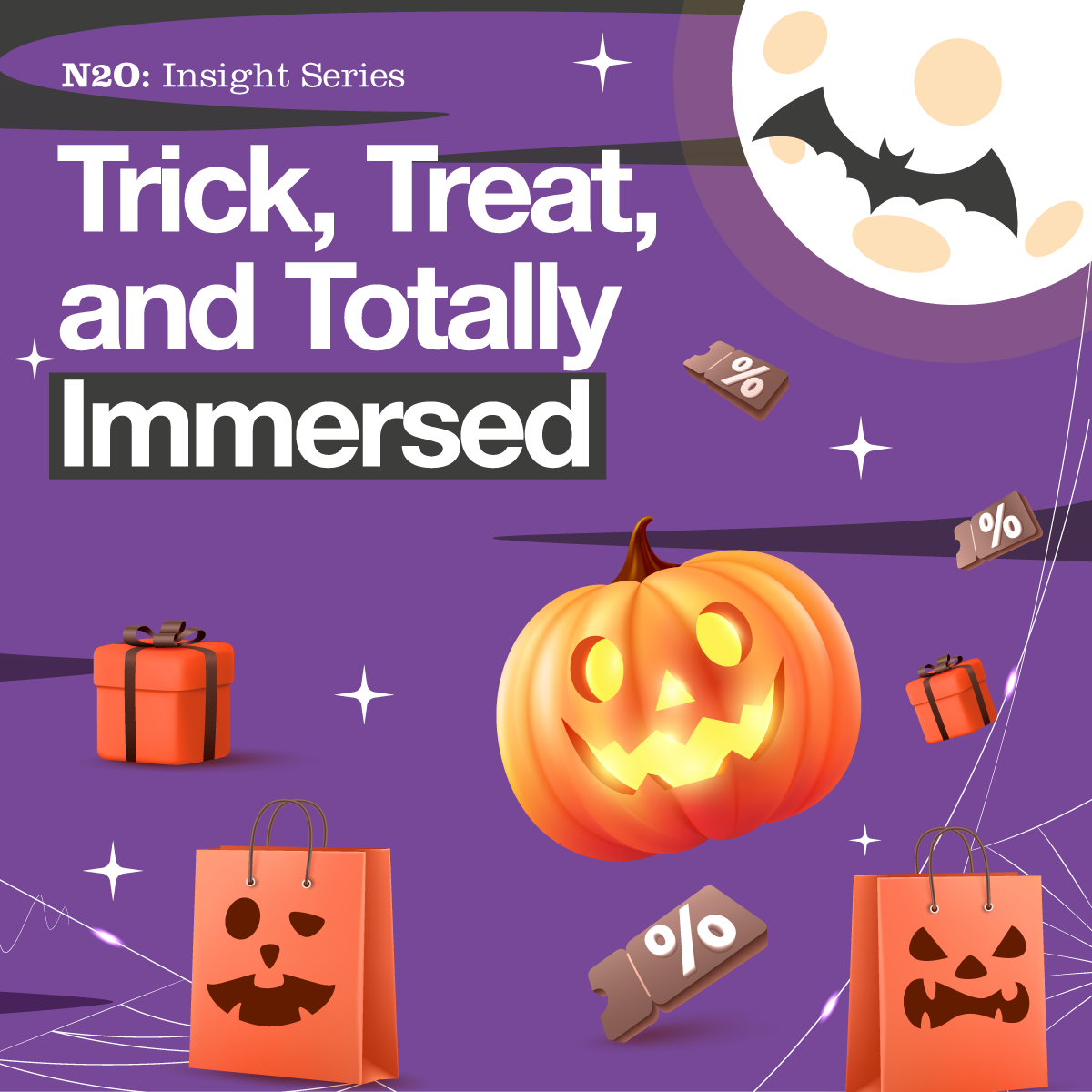
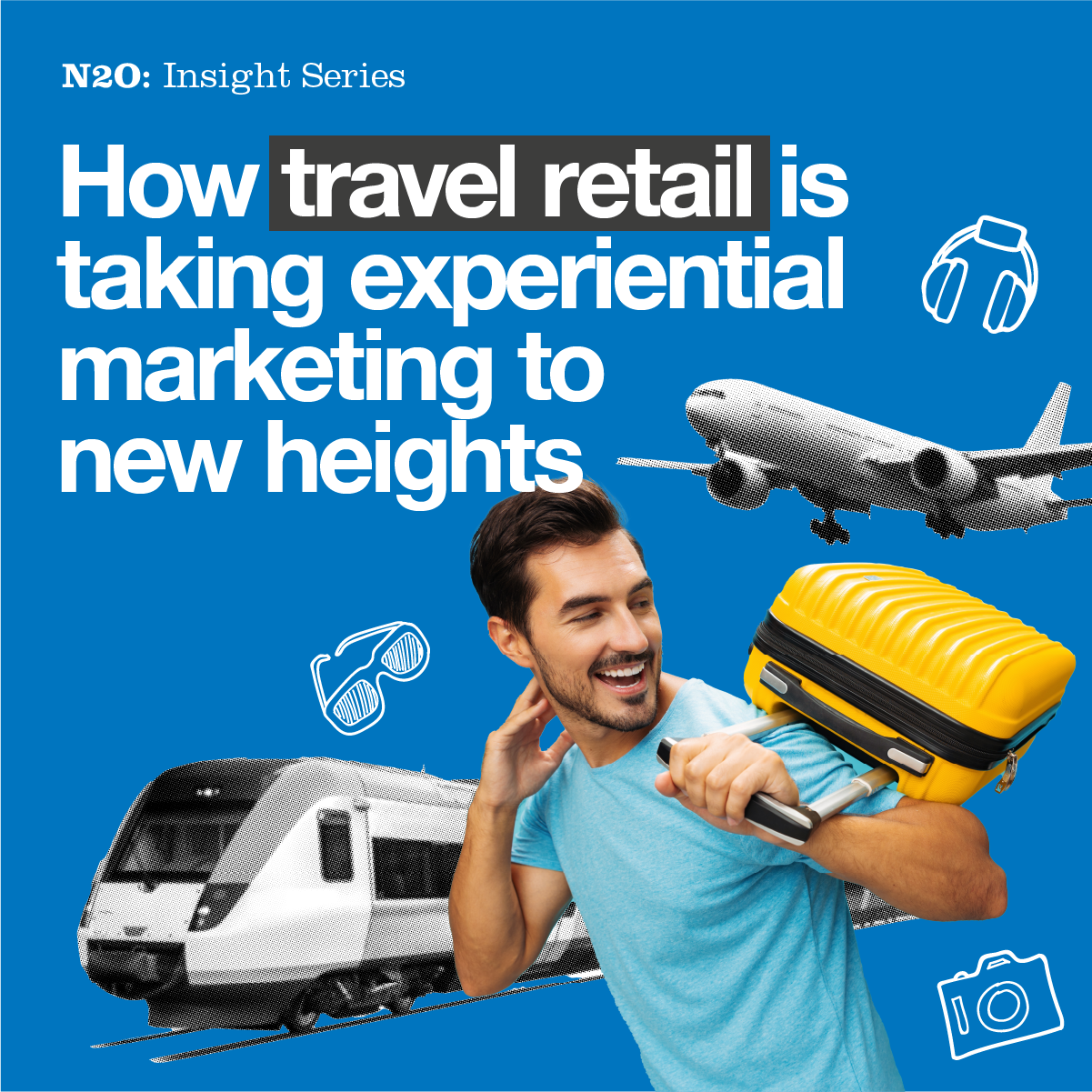




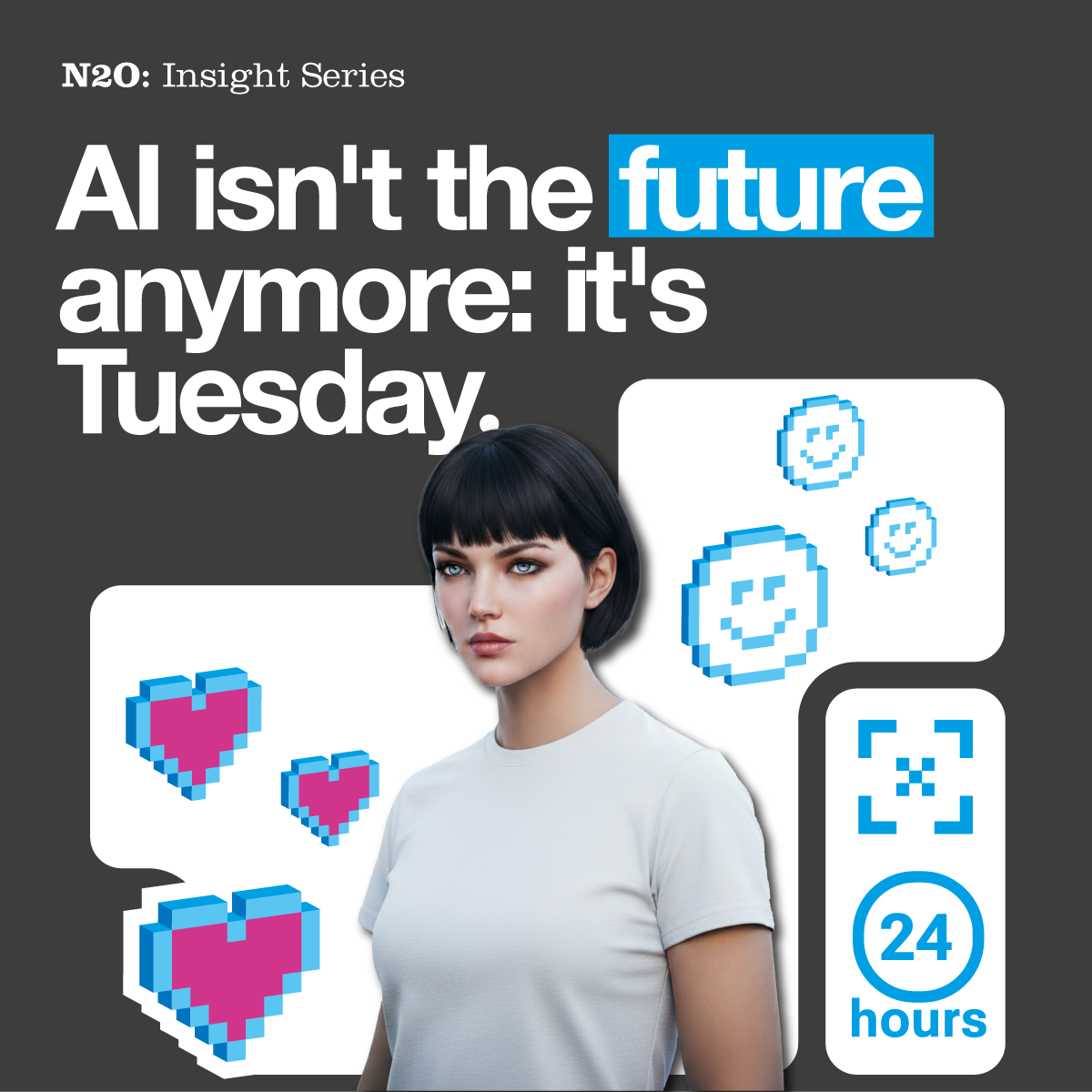


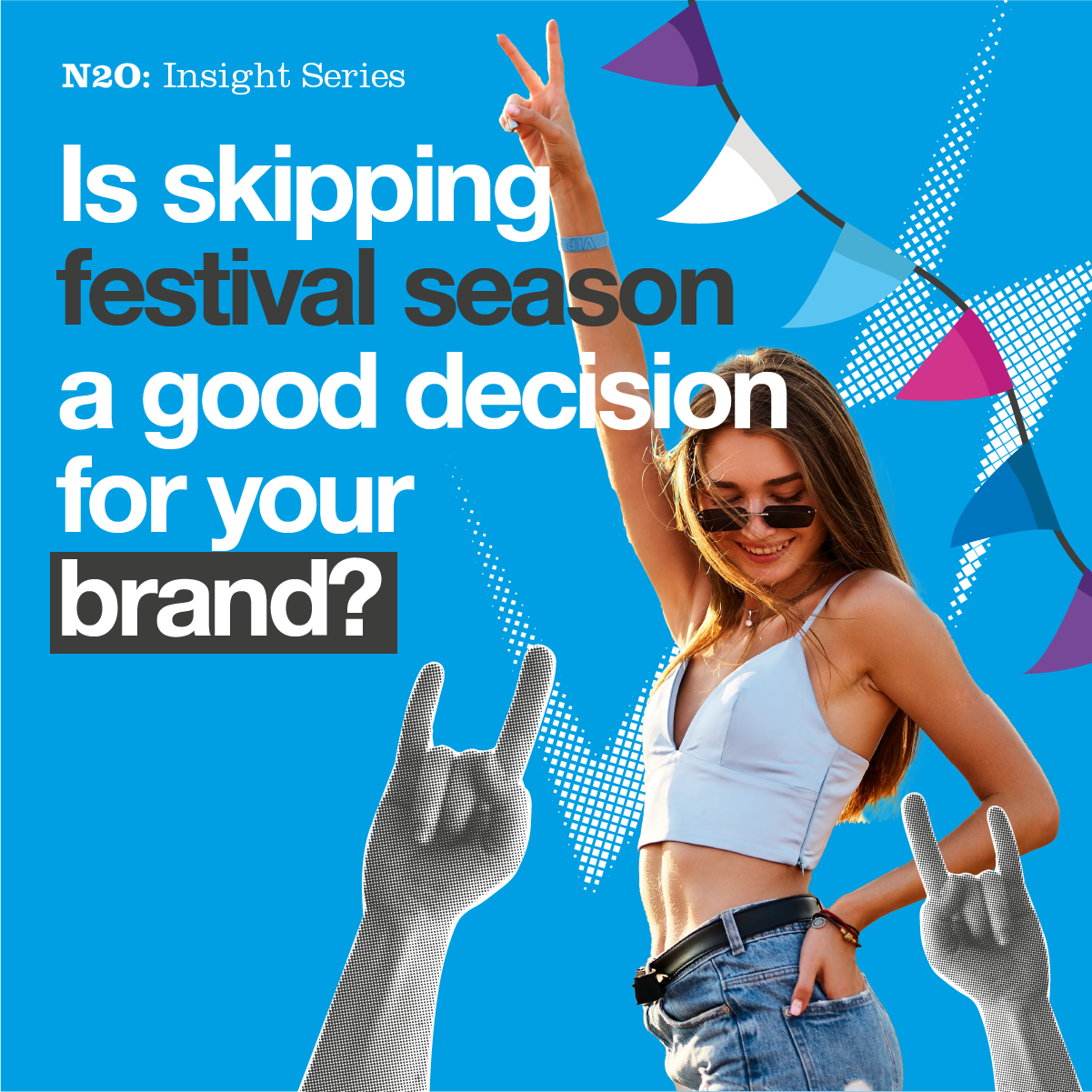




































































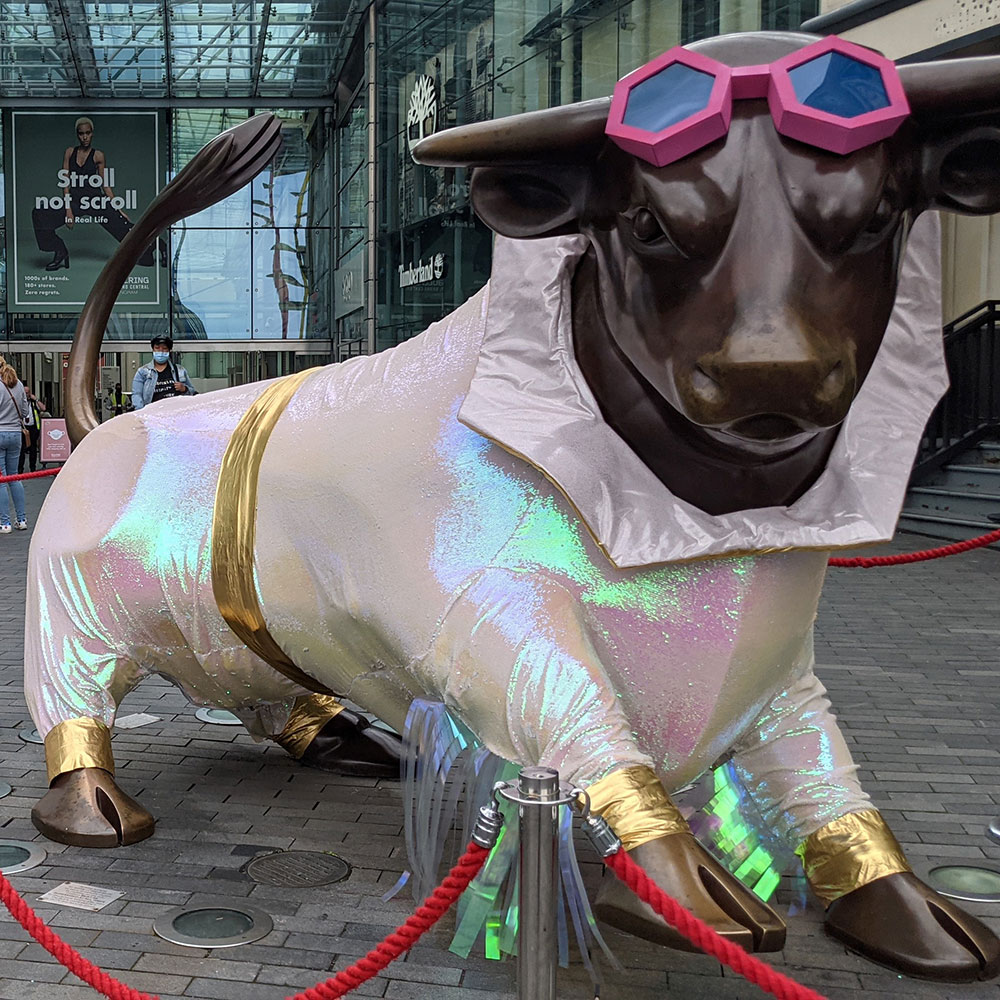








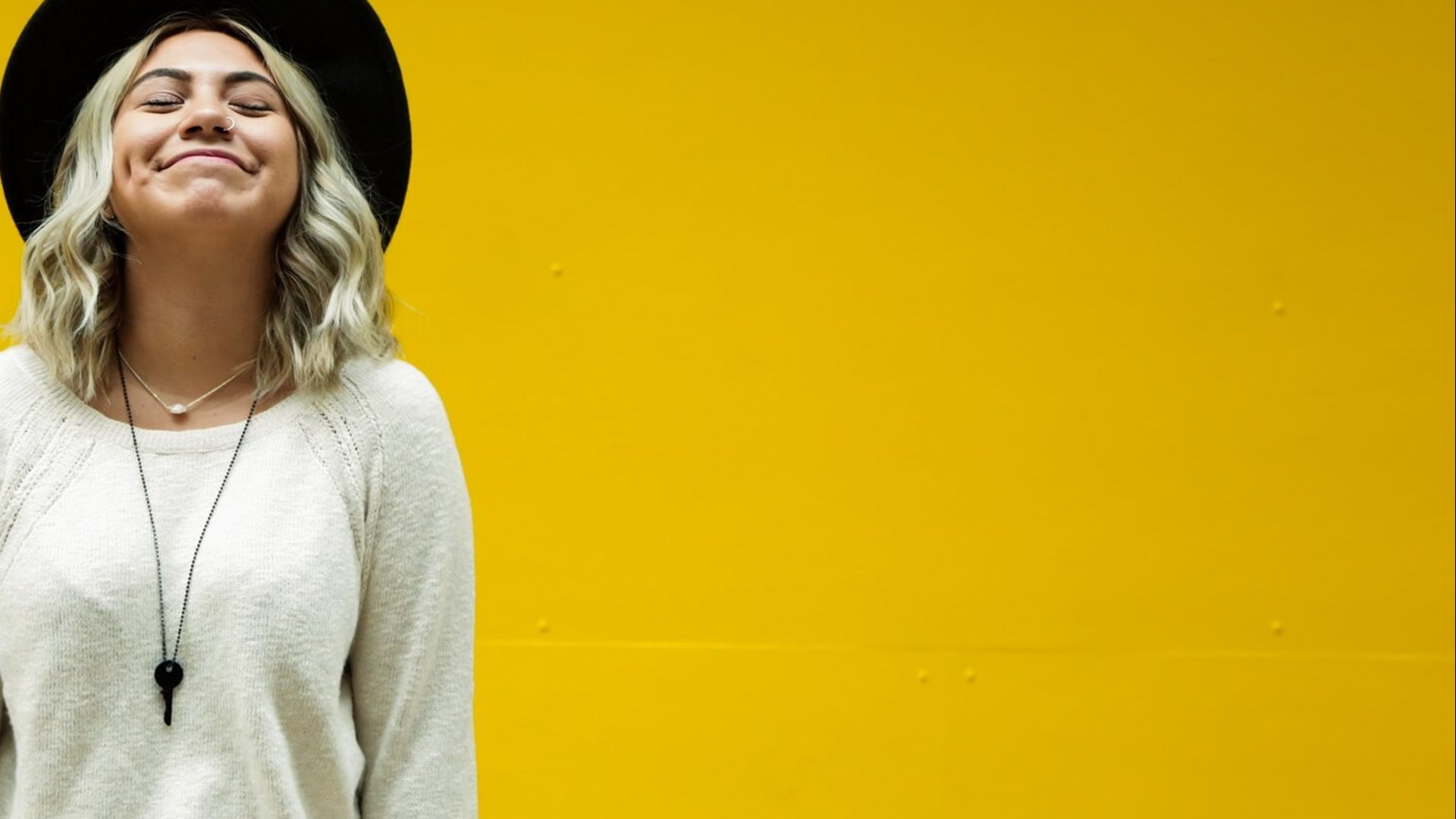
.jpeg)
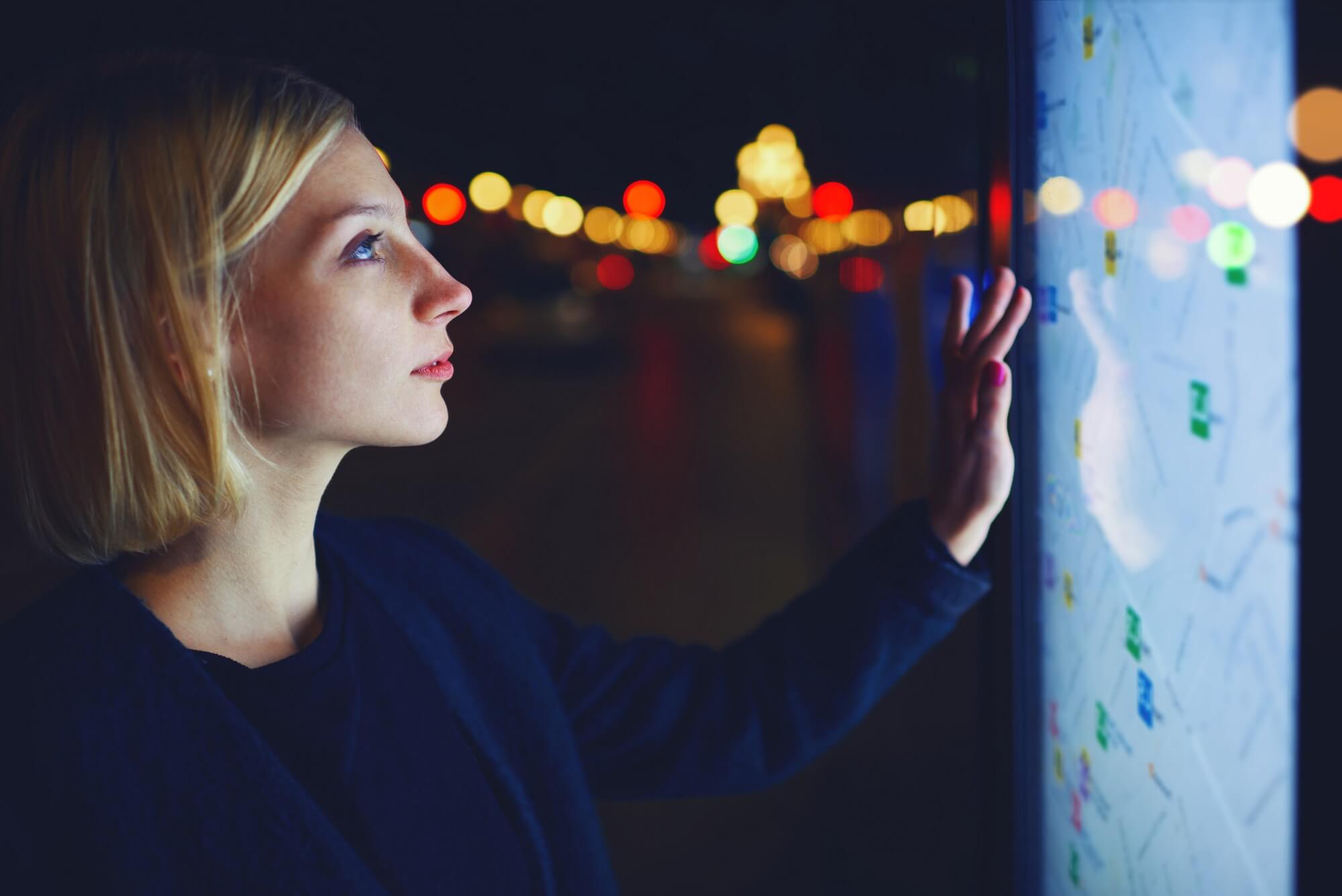

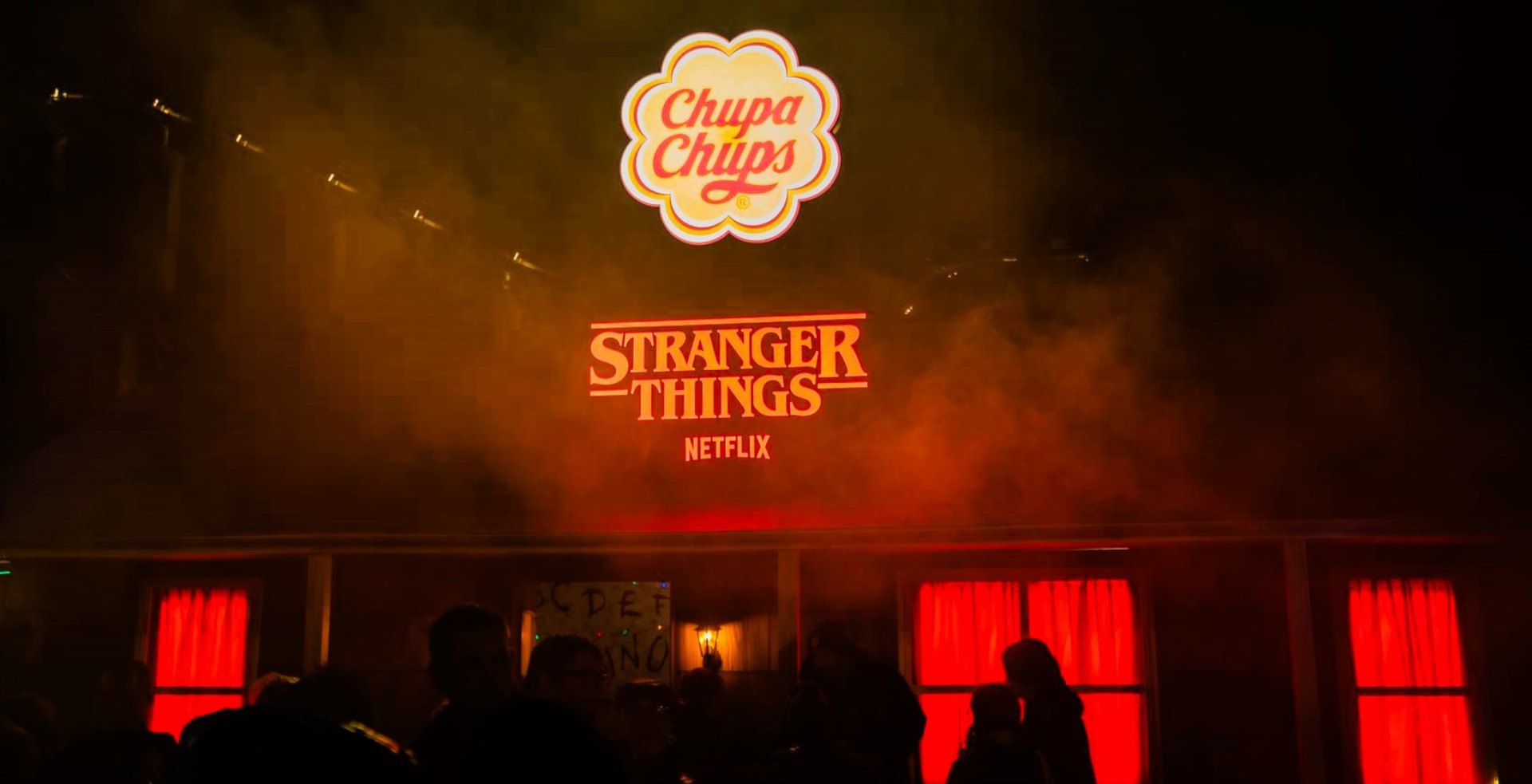
.png)


















